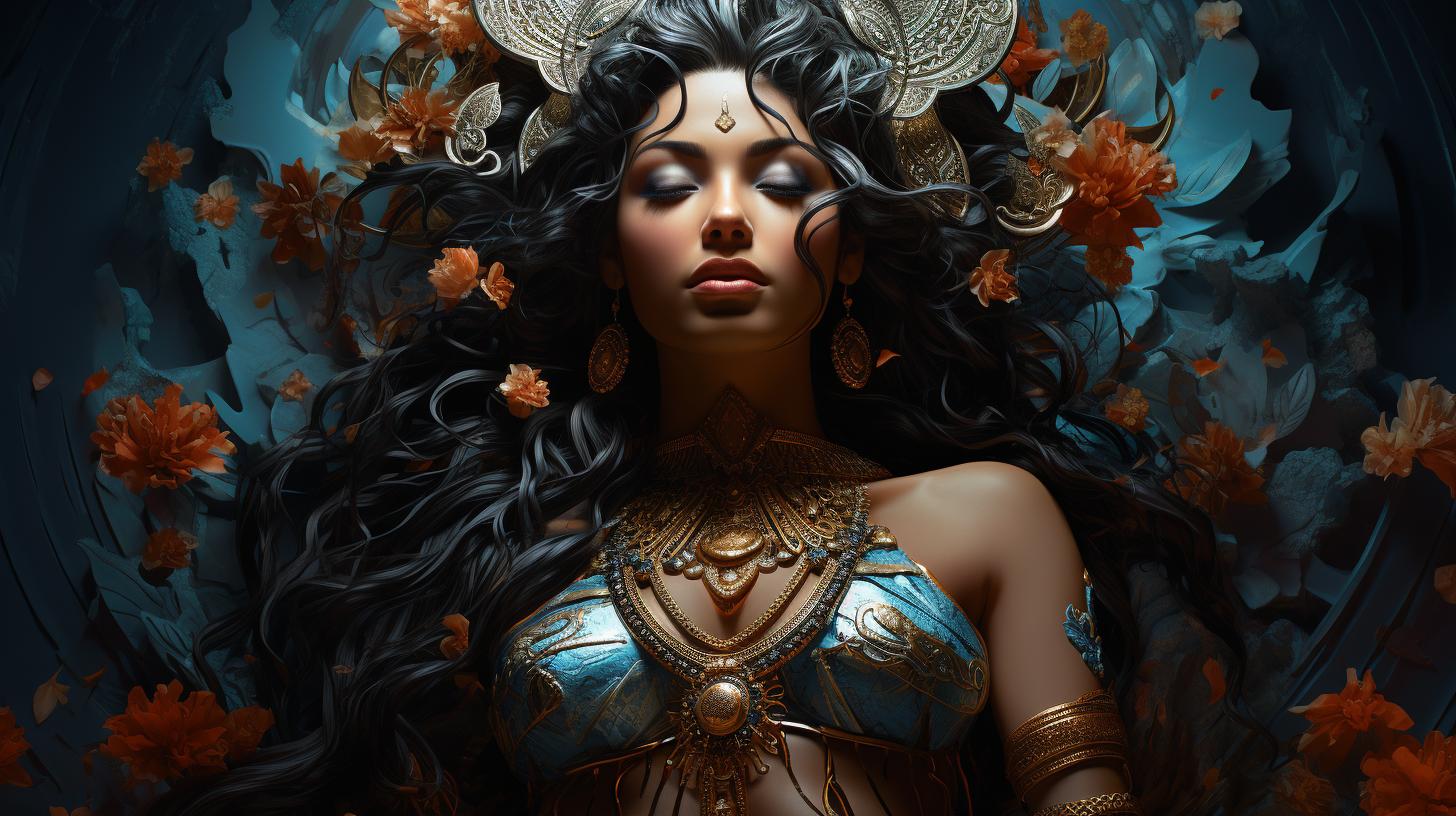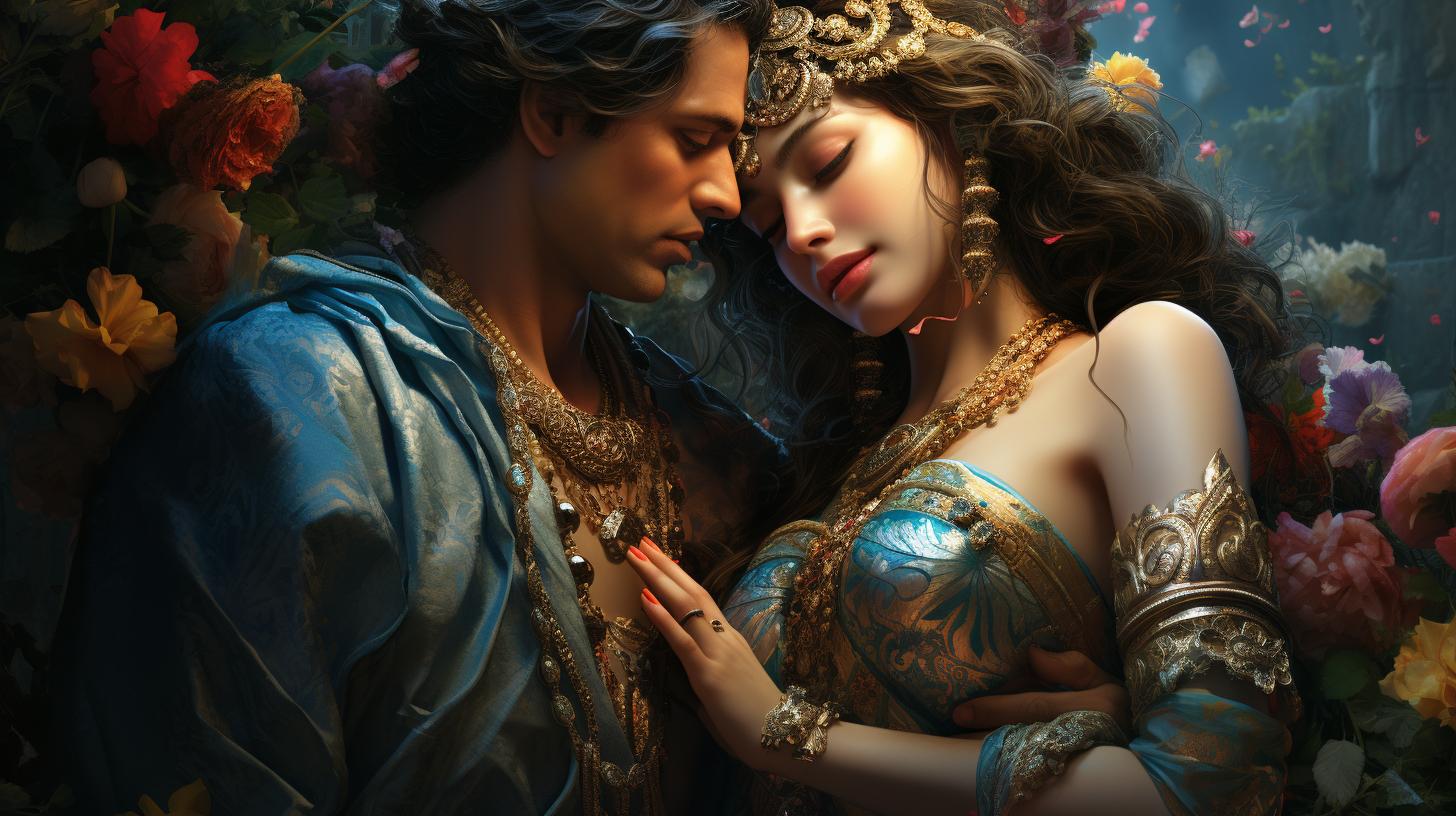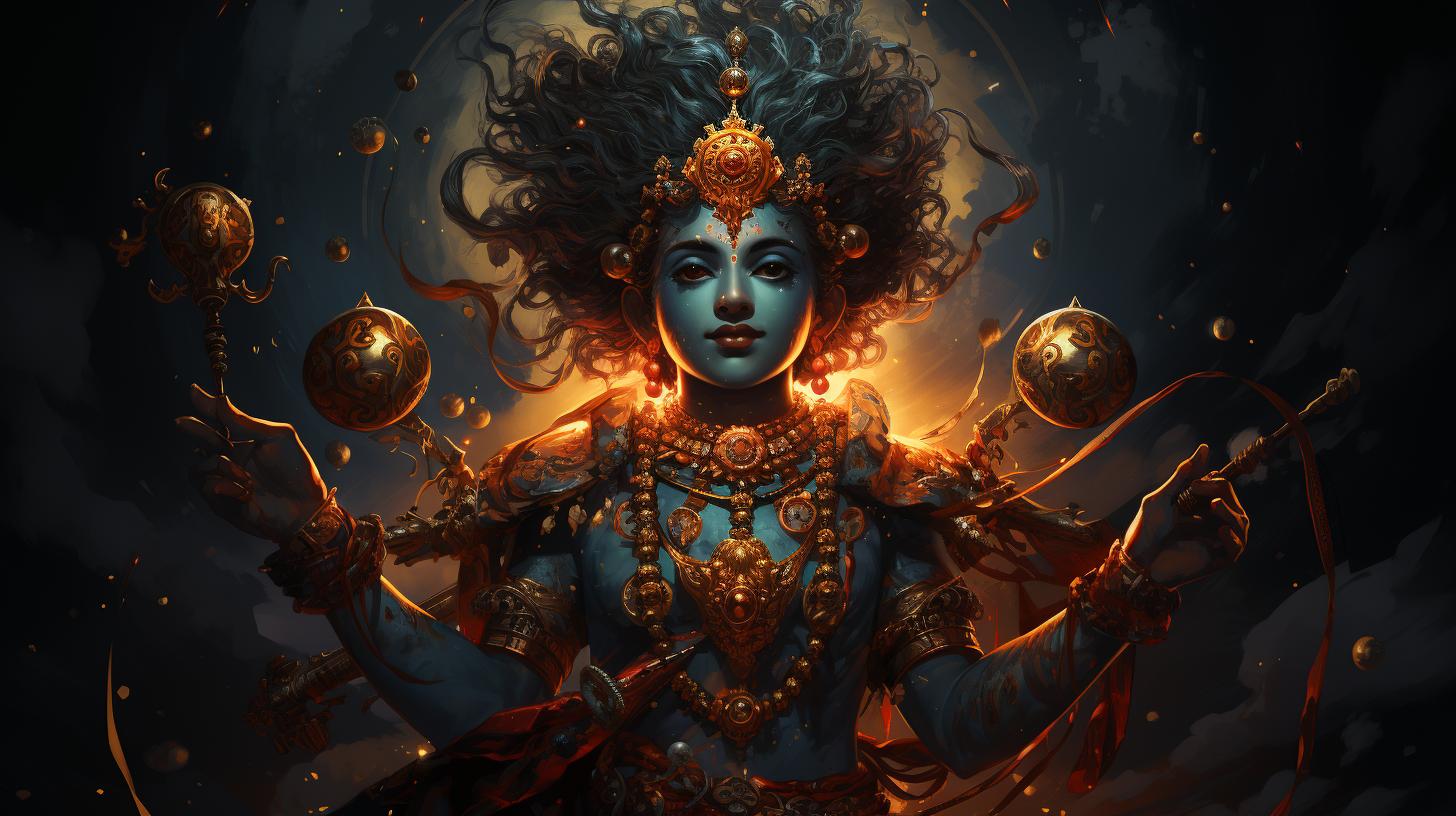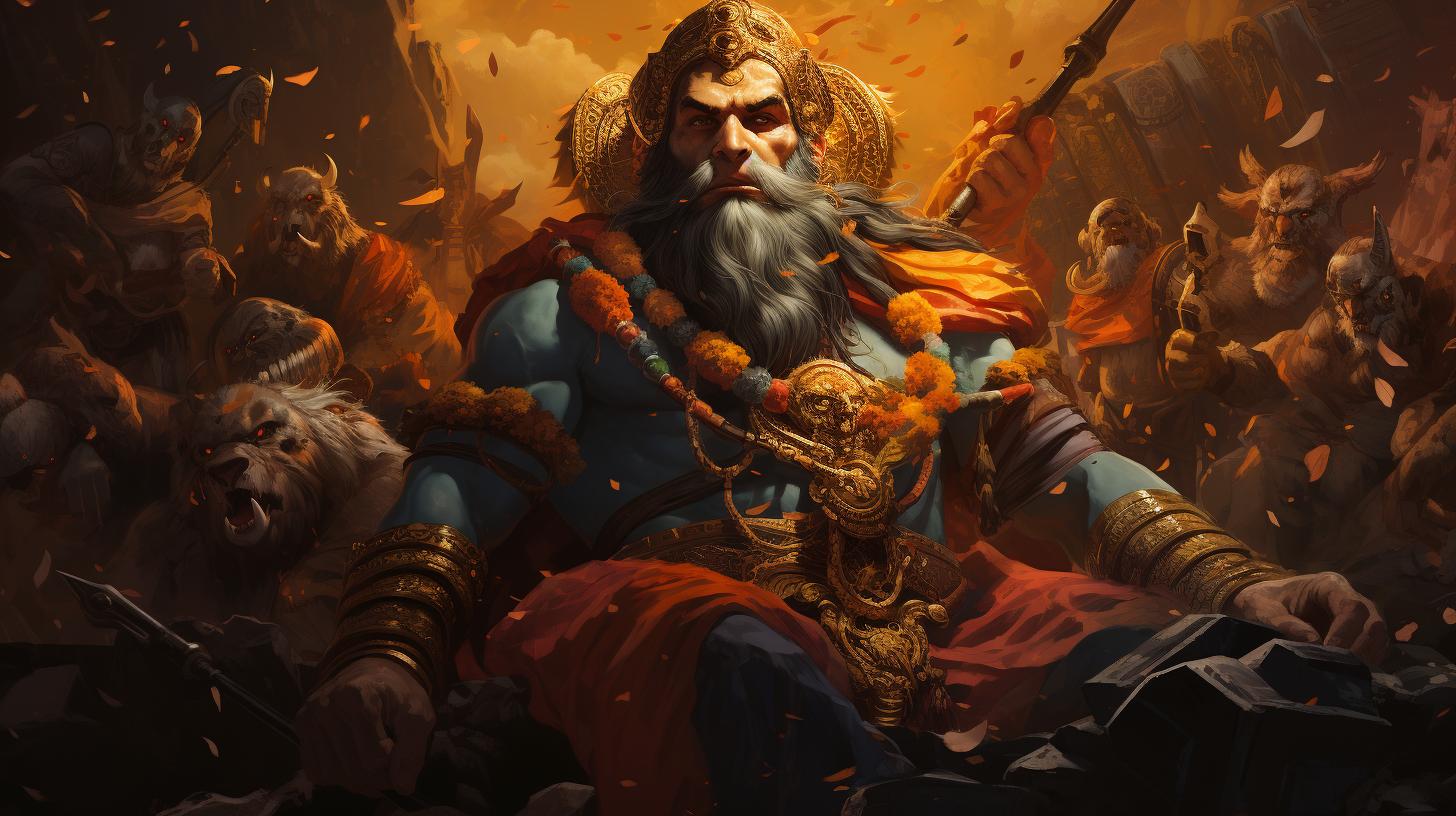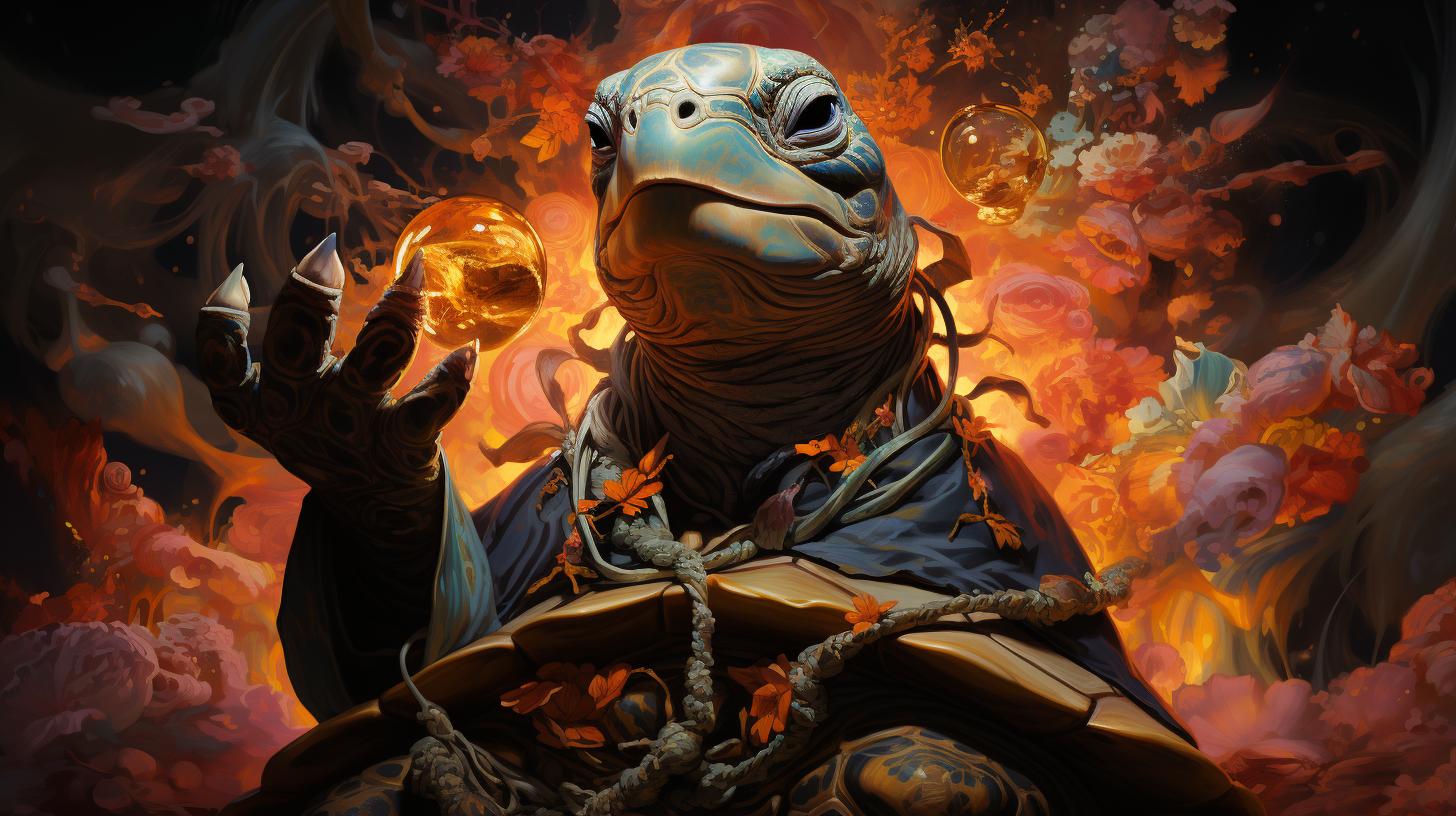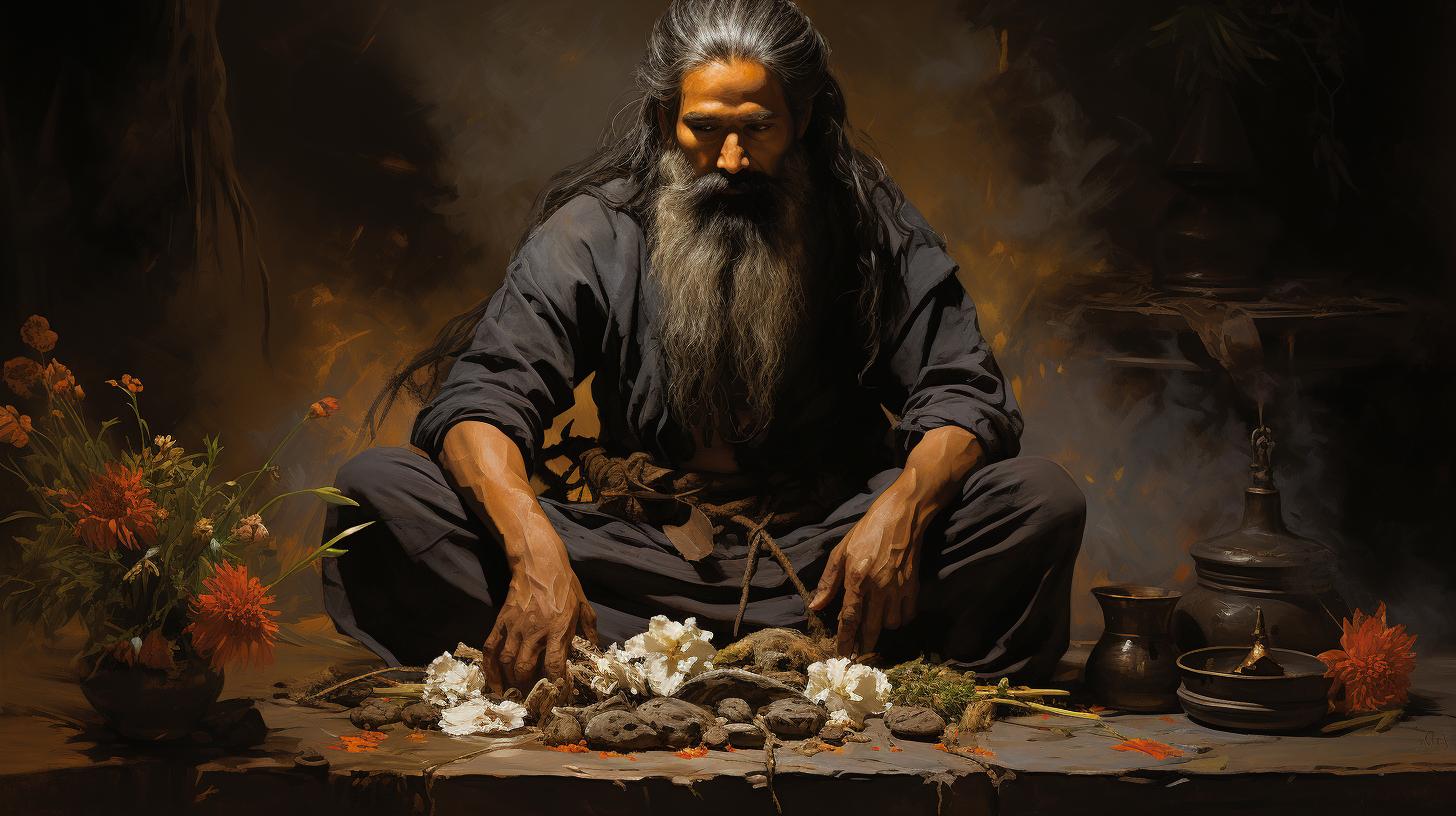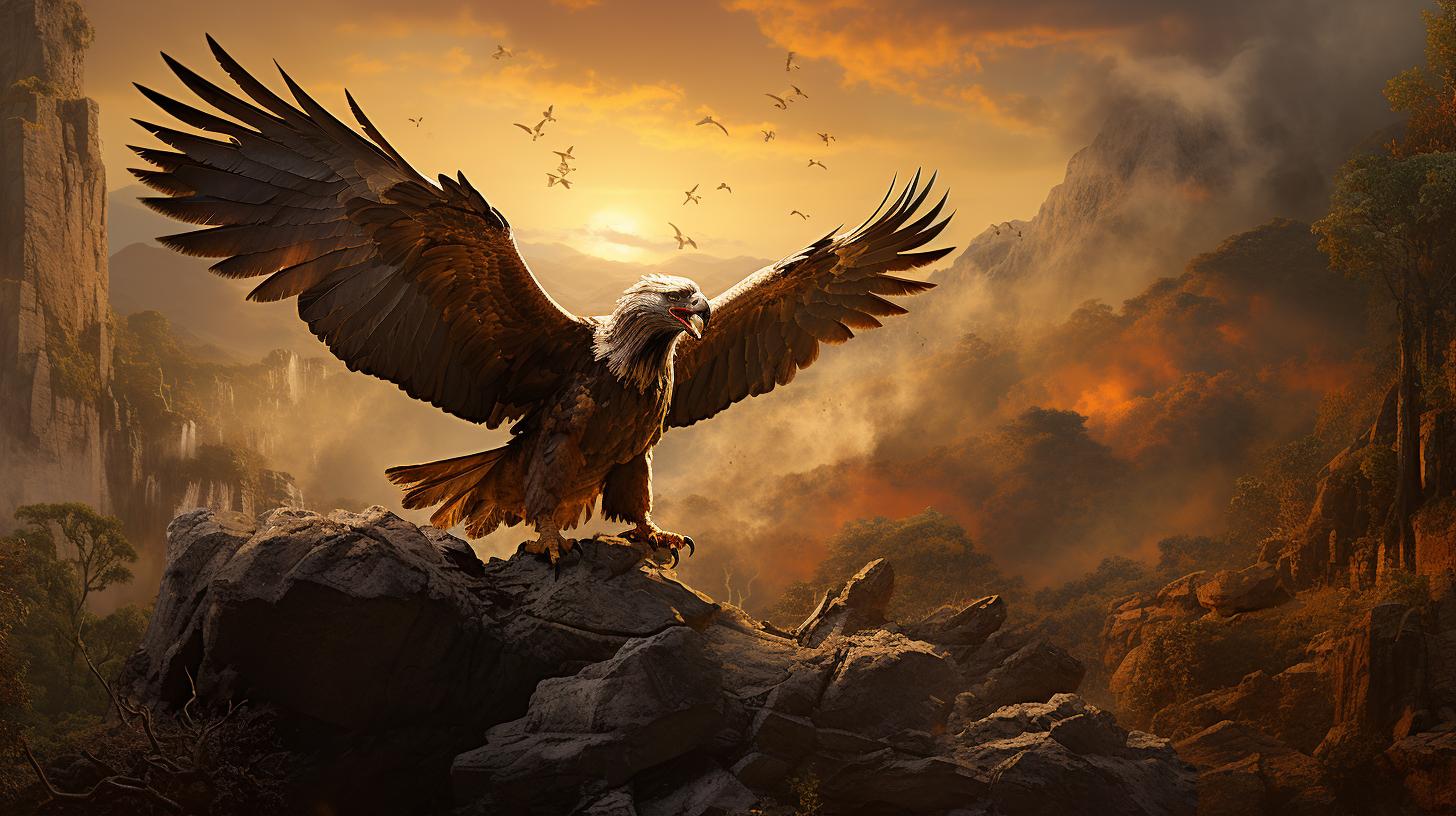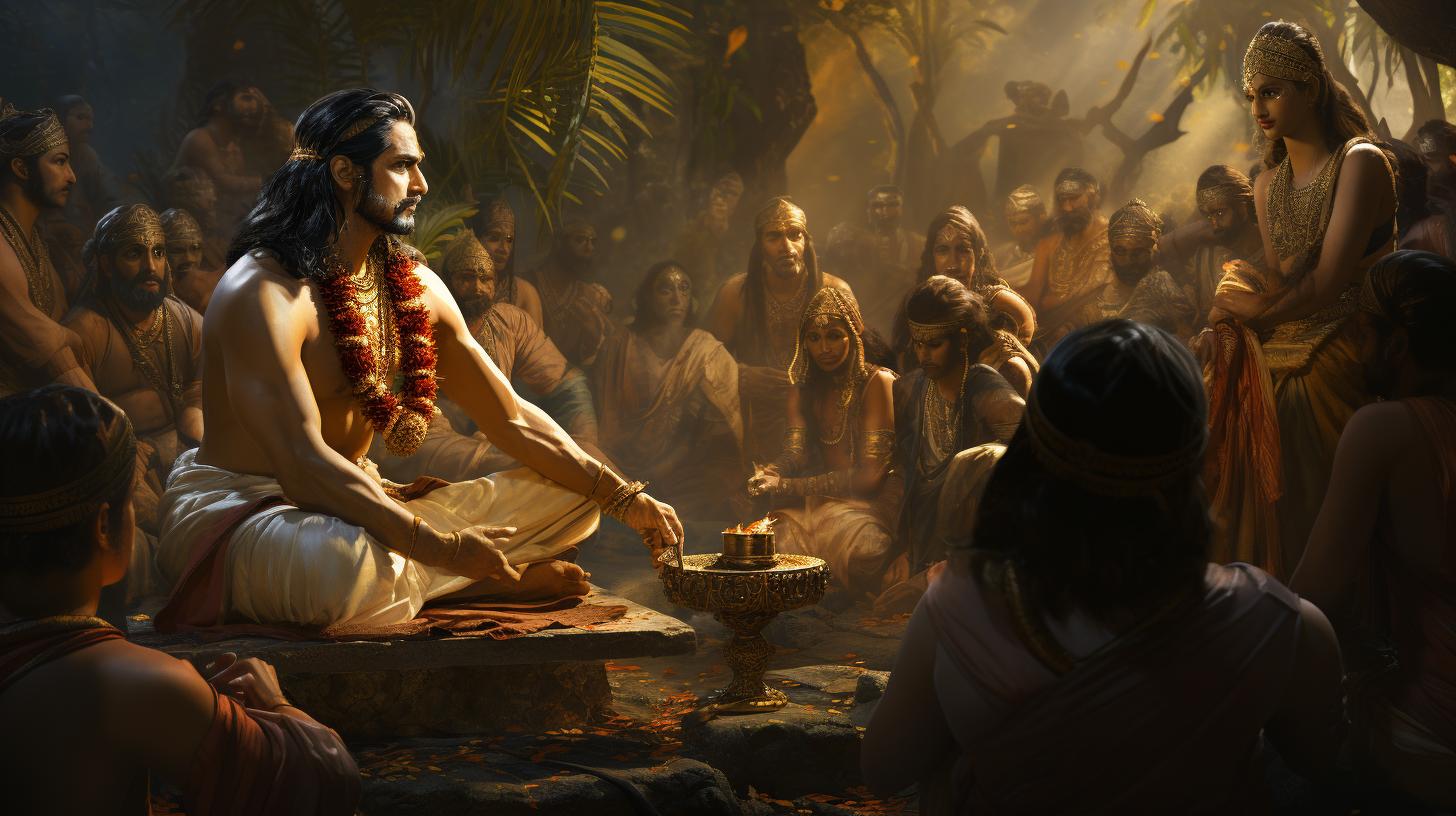What is Parvati, the Indian Goddess of Power, Love, and Maternity?
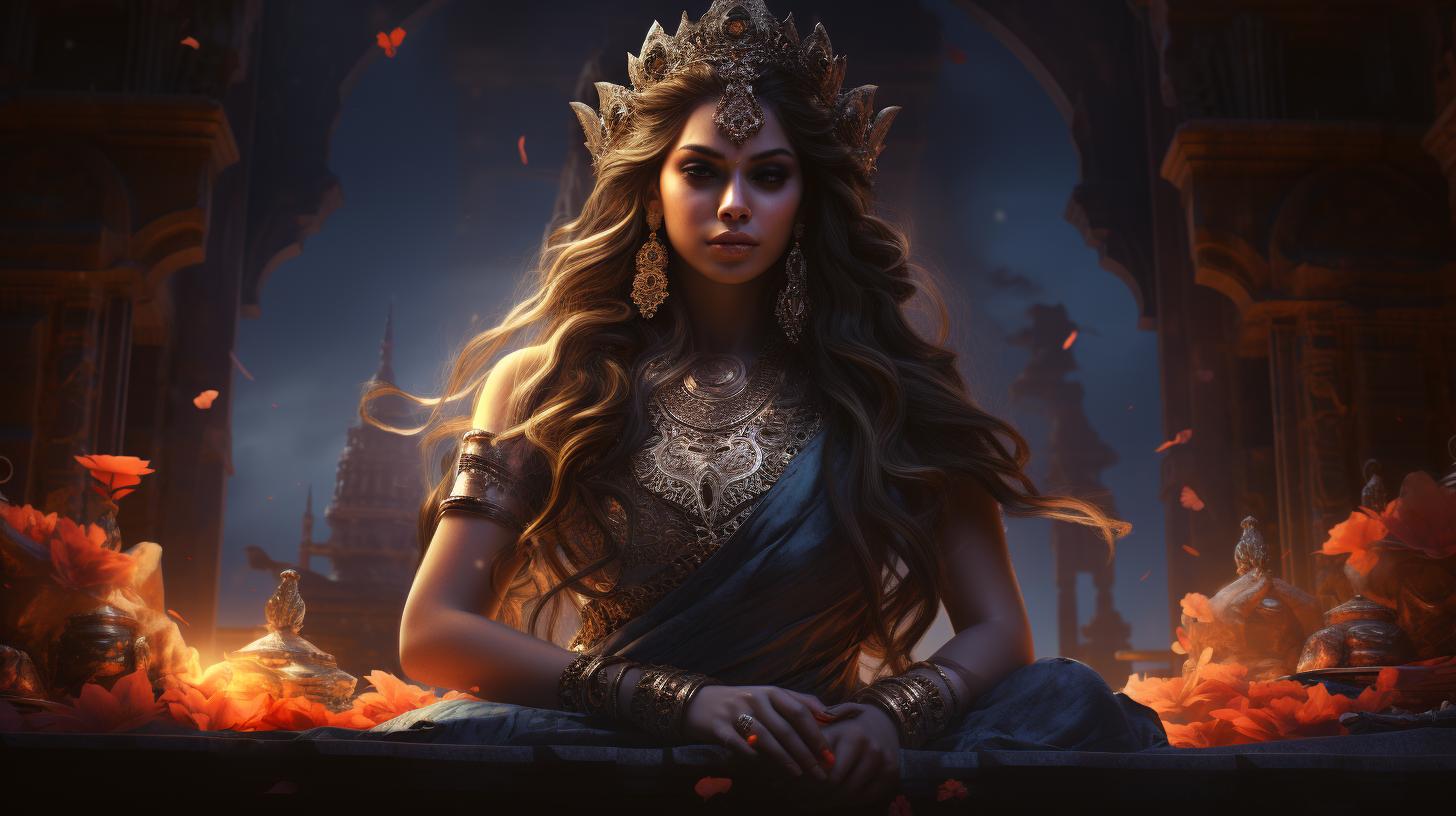
Parvati, also known as Uma, is an Indian goddess associated with power, love, beauty, and maternity. She is the wife of Shiva and the mother of gods Ganesha and Kartikeya. Parvati represents the divine feminine energy and is revered for her nurturing and protective nature.
She is also depicted in fearsome forms such as Durga and Kali. Parvati’s significance extends beyond mythology, with temples dedicated to her and her presence in various forms of art and culture.
She is celebrated in festivals like Navratri, Gauri Festival, and Gangaur Festival, symbolizing prosperity, harmony, and devotion.
The Story of Parvati
Parvati, the revered Indian goddess, has a captivating story that encompasses various aspects of her life and divine role. Her story begins with her birth and parentage, followed by her marriage to Shiva, and her journey into motherhood.
Birth and Parentage
Parvati’s birth is rooted in the rich mythology of Hinduism. She is born to the king of the mountains, Himavan, and the queen Mena. Her name, Parvati, derives from the Sanskrit term ‘Parvata’, meaning mountain, owing to her royal lineage.
Marriage to Shiva
A significant milestone in Parvati’s life is her sacred union with Shiva, the supreme god in Hinduism. Through her devotion and spiritual practices, Parvati wins the heart of Shiva. Their divine union symbolizes the balance of masculine and feminine energies, and the complementarity of their divine roles.
Motherhood
Parvati’s journey into motherhood brings forth the birth of her two sons, Ganesha and Kartikeya. As a loving and nurturing mother, Parvati instills important values and guides her children on their respective paths.
Her role as a mother reflects her essence as a giver of life and protector of her offspring.
In summary, the story of Parvati encompasses her birth and parentage, her sacred union with Shiva, and her fulfilling journey as a mother.
Each aspect of her story highlights the importance of devotion, balance, and the nurturing qualities embodied by the goddess.
Parvati’s Roles and Attributes
Parvati encompasses various roles and embodies a multitude of attributes within Hindu mythology. Let’s explore the different aspects associated with her:
Goddess of Power and Energy
Goddess of Love and Beauty
Parvati also symbolizes love and beauty. She embodies the essence of divine love, compassion, and affection. Her radiant beauty captivates the hearts of all who behold her, and her grace and charm are revered by her devotees.
Goddess of Maternity and Nurturing
As the mother of Ganesha and Kartikeya, Parvati represents the nurturing aspect of motherhood. She is known for her unconditional love and protective nature towards her children, and she embodies the ideals of motherhood and familial devotion.
Forms of Parvati: Durga and Kali
Parvati manifests in different forms to fulfill specific purposes. As Durga, she is a fierce and formidable warrior goddess, symbolizing strength and protection. Kali, another form of Parvati, represents the destroyer of evil forces and is associated with transformation and liberation.
- Parvati is the goddess of power and energy.
- She embodies love, beauty, and compassion.
- Parvati represents the nurturing aspect of motherhood.
- She takes the forms of Durga and Kali to fulfill specific roles.
These different aspects of Parvati highlight her diverse and multifaceted nature, making her an integral and revered figure in Hindu mythology and religious practices.
Parvati in Hindu Mythology
Parvati holds significant importance in Hindu mythology, playing various roles and embodying different aspects of divine femininity. Let’s explore these aspects:
Importance of Parvati in Upanishads
In the Upanishads, sacred scriptures of Hinduism, Parvati is revered as a divine figure who imparts spiritual wisdom to the gods. She is the embodiment of Shakti, the divine feminine energy, and is believed to reveal the true knowledge of the self to the deities.
Parvati’s Connection with Goddesses Ambika and Rudrani
Rudrani, on the other hand, is regarded as the consort of Lord Rudra, another form of Shiva. Through these connections, Parvati’s influence extends to various aspects of feminine power and strength.
Parvati’s Representation as Ardhanarishvara
An intriguing aspect of Parvati is her representation as Ardhanarishvara, the half-male and half-female form. This form symbolizes the inseparable union of Shiva and Parvati, representing the harmonious balance between masculine and feminine energies within the divine.
It emphasizes the concept of oneness and unity in Hindu philosophy.
Parvati’s presence in Hindu mythology showcases her diverse and multifaceted nature. From her role as the revealer of spiritual knowledge to her connections with other goddesses and her representation as Ardhanarishvara, Parvati embodies the essence of divine femininity in Hindu culture.
Worship and Festivals
Worship and festivals play a significant role in honoring Parvati, the Indian goddess of power, love, and maternity. Devotees across India celebrate various festivals dedicated to her, expressing reverence and seeking her blessings.
Navratri: Celebrating the Divine Feminine
Navratri, a nine-night festival, is a grand celebration of the divine feminine energy embodied by Parvati. During this festival, people worship her through dance, music, fasting, and prayer. Each night represents a different manifestation of Parvati, such as Durga, Lakshmi, and Saraswati. The festival symbolizes the triumph of good over evil and the importance of inner strength.
Gauri Festival: Honoring Parvati’s Maternal Aspect
The Gauri Festival is primarily dedicated to Parvati’s maternal role. It celebrates her as the nurturing mother and protector of children. The festival typically involves fasting, offering prayers, and adorning Gauri idols with vibrant clothes and jewelry.
Married women seek blessings for the well-being and longevity of their children, while unmarried girls pray for a suitable life partner.
Gangaur Festival: Celebrating Parvati’s Fertility
The Gangaur Festival exalts Parvati’s fertility and marital bliss. Women observe rigorous fasting and engage in colorful processions carrying clay idols of Parvati and Shiva. The festival represents the strong bond between husband and wife, and unmarried women pray for a devoted husband.
It showcases the vibrant culture and traditions associated with Parvati’s worship.
These festivals dedicated to Parvati foster a sense of unity and spirituality among devotees. They provide an opportunity for individuals to express their faith and seek divine blessings.
Through rituals, prayers, and cultural performances, worshippers honor Parvati and seek her guidance for prosperity, harmony, and protection in their lives.
Temples Dedicated to Parvati
Temples dedicated to Parvati hold great significance in India, showcasing the deep reverence and devotion towards the goddess. These temples serve as sacred spaces for worship and reflection, offering devotees an opportunity to connect with the divine energy embodied by Parvati.
Significance of Parvati Temples in India
The temples dedicated to Parvati symbolize the belief in her divine presence and power. They serve as focal points for spiritual practices, prayers, and rituals, creating a sense of unity and community among devotees.
These temples act as conduits, allowing individuals to establish a personal connection with Parvati and seek her blessings for various aspects of life, including harmony, prosperity, and protection.
Parvati temples not only provide a place of worship but also serve as cultural and architectural landmarks.
They showcase the rich heritage of Indian art and craftsmanship, with intricate carvings and exquisite sculptures depicting Parvati in her different forms. These architectural marvels attract visitors from around the world, who admire the beauty and spiritual ambiance of these sacred sites.
Famous Parvati Temples across India
India is home to numerous famous temples dedicated to Parvati, spread across different regions of the country. These temples are not only revered by devotees but also attract tourists due to their historical and cultural significance.
Here are some of the well-known Parvati temples:
- Vaishno Devi Temple in Jammu and Kashmir
- Kamakhya Temple in Assam
- Meenakshi Temple in Tamil Nadu
- Kanaka Durga Temple in Andhra Pradesh
- Kartik Swami Temple in Uttarakhand
- Kashi Vishwanath Temple in Varanasi
These temples showcase the diversity and richness of Indian religious traditions, attracting millions of devotees and visitors every year.
Each temple has its own unique rituals, festivals, and customs associated with the worship of Parvati, adding to the vibrant tapestry of Hindu culture.
Visiting these famous Parvati temples allows devotees to immerse themselves in the aura of divine energy and experience a deep connection with the goddess.
It is in these sacred spaces that devotees can offer their prayers, seek spiritual guidance, and find solace in the presence of Parvati, the embodiment of power, love, and maternity.
Parvati in Art, Literature, and Popular Culture
Parvati, the Indian goddess of power, love, and maternity, has left a significant impact on various forms of artistic expression throughout history.
From intricate sculptures to captivating paintings, Parvati’s portrayal in art showcases her diverse aspects and symbolism. Additionally, her influence extends to literature and folklore, where her stories have inspired countless authors and poets.
Let’s explore the representation of Parvati in various art forms, her influence on literature and folklore, and her presence in contemporary culture.
Representation of Parvati in Various Art Forms
Parvati’s beauty and grace have been captured in numerous art forms across India. In sculpture, she is often depicted alongside Shiva, showcasing their divine union. Her statues highlight her feminine radiance, adorned with intricate jewelry and elegant attire.
Paintings also showcase Parvati’s various forms and attributes, portraying her as a loving mother, a fierce warrior, or a serene goddess emanating divine energy. These artistic representations not only celebrate her beauty but also symbolize her power and nurturing nature.
Parvati’s Influence on Literature and Folklore
Parvati’s captivating persona and her legendary stories have permeated Indian literature and folklore for centuries. In ancient texts like the Puranas and the Mahabharata, her tale of devotion, determination, and perseverance resonates with readers.
From epic poems to regional folklore, Parvati’s influence can be seen in both traditional and contemporary writings. Authors often draw inspiration from her character’s strength, wisdom, and unwavering love, weaving her into captivating narratives that continue to captivate audiences.
Parvati in Contemporary Culture
Parvati’s presence extends beyond ancient texts and artistic depictions. In modern times, she continues to inspire and find her place in popular culture. Her image can be found in various forms of media, including movies, television shows, and even graphic novels.
Artists and writers reinterpret her story, showcasing her relevance in today’s society. Parvati’s principles of devotion, balance, and empowerment resonate with individuals seeking guidance and inspiration in their own lives.
In conclusion, Parvati’s influence reaches far beyond her mythological origins.
Her representation in art, literature, and popular culture continues to captivate and inspire. Whether through awe-inspiring sculptures, thought-provoking stories, or contemporary adaptations, Parvati’s multi-faceted nature and timeless teachings leave an indelible mark on the cultural landscape.
Parvati’s Symbolism and Relevance in Modern Life
Parvati, the Indian goddess of power, love, and maternity, holds significant symbolism and relevance in modern life. Her teachings on devotion and perseverance, the importance of balancing different aspects of life, and her blessings for prosperity and protection continue to resonate with people today.
Parvati’s Teachings on Devotion and Perseverance
Parvati’s story emphasizes the power of devotion and spiritual practice. Her unwavering dedication to winning Shiva’s heart exemplifies the importance of perseverance in pursuing our goals. Parvati teaches us that through patience, faith, and unwavering devotion, we can overcome challenges and achieve our aspirations.
Balancing Different Aspects of Life
Parvati’s multifaceted nature as a mother, wife, and goddess highlights the significance of balancing various roles and responsibilities in life. She symbolizes the harmonious integration of feminine strength, love, and nurturing qualities with power and independence.
Parvati’s example inspires us to find equilibrium in our personal and professional lives, nurturing relationships and pursuing our passions simultaneously.
Parvati’s Blessings for Prosperity and Protection
Parvati is believed to bestow blessings of prosperity and protection upon her devotees. Through her divine energy, she showers abundance and prosperity, ensuring the well-being and success of her followers. Seeking her blessings brings a sense of security and empowerment, as she safeguards against adversity and negative influences.
Devotees invoke Parvati’s divine grace to seek guidance, strength, and protection on their life journeys.
In conclusion, Parvati’s symbolism and relevance in modern life extend beyond ancient myths and rituals. Her teachings inspire us to cultivate devotion, persevere in our endeavors, maintain balance, and seek blessings for prosperity and protection.
In a fast-paced and challenging world, connecting with Parvati’s divine energy offers guidance, solace, and empowerment on the path towards a fulfilling and harmonious life.
..

